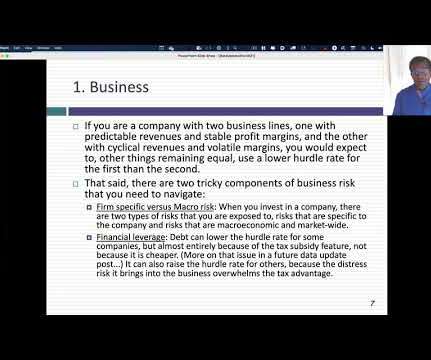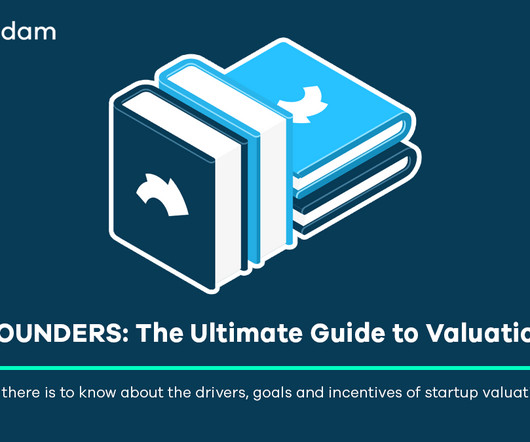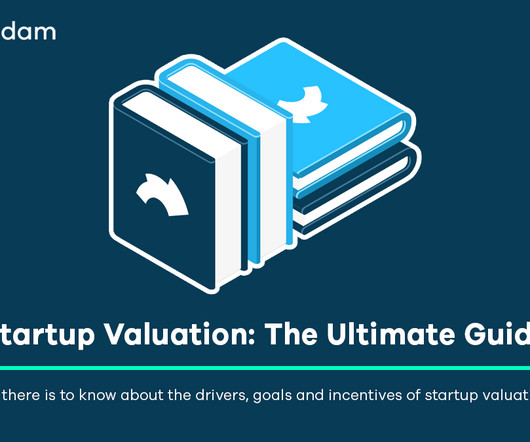Data Update 4 for 2021: The Hurdle Rate Question!
Musings on Markets
FEBRUARY 10, 2021
From a hurdle rate perspective, this implies that companies, where the marginal investors (who own a lot of stock and trade that stock) are diversified, should incorporate only macroeconomic or market risk into hurdle rates. US , Europe , Emerging Markets , Japan , Australia/NZ & Canada , Global ) 2. as mature markets.











Let's personalize your content